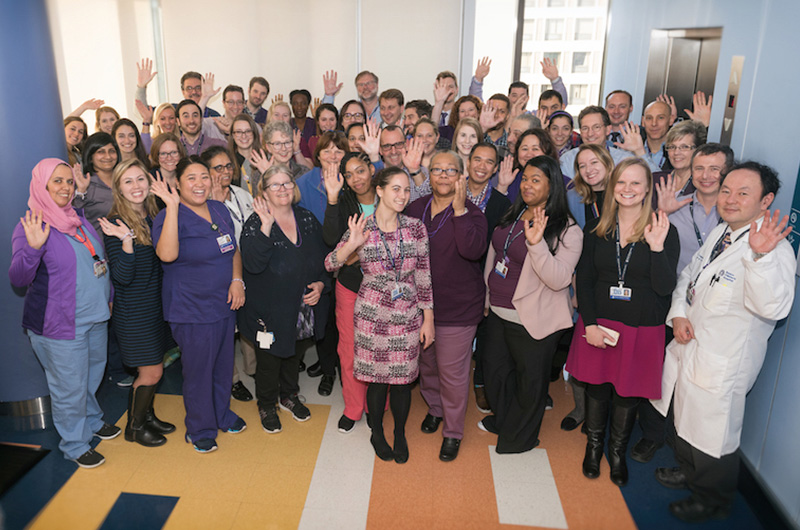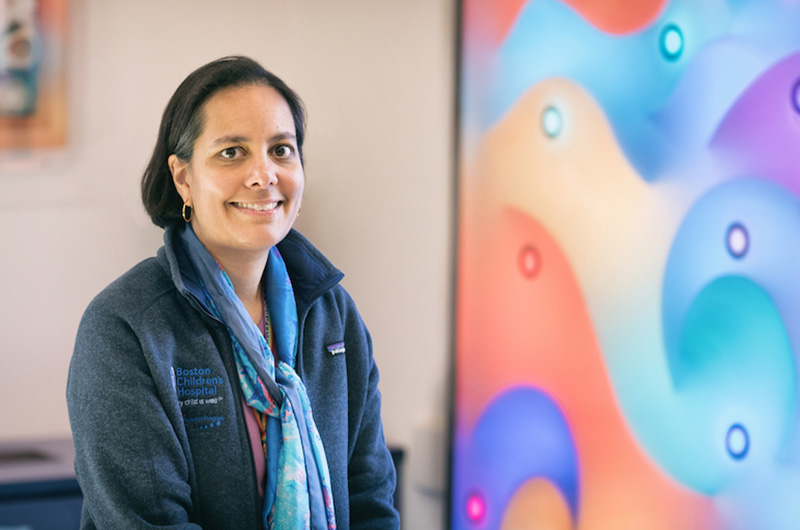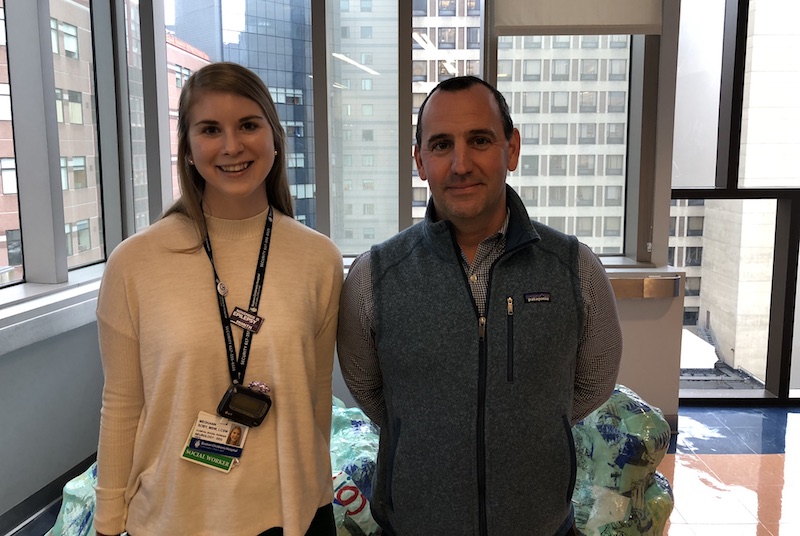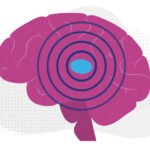Looking toward the future in epilepsy care and treatment

“There’s a revolution happening in epilepsy treatment,” says Dr. Philip Pearl, director of Boston Children’s Hospital Epilepsy Center. Dr. Pearl and other members of the center celebrate Epilepsy Awareness Month by sharing what excites them about the future of epilepsy treatment, from targeted therapies to minimally invasive surgeries, and their continued hope for our patients and their families.

“Our Epilepsy Genetics Program is determined to understand what happens during brain development in the presence of certain genetic mutations. We are studying DNA from patients, including their brain tissue, to find the genes responsible for epilepsy. In my lab, we are study epilepsy genes in zebrafish models, and we are partnering with other labs to bring our understanding of genetic epilepsies to induced pluripotent stem cell-derived neuronal models. It is an exciting moment to be able to connect the genetics important to patients to many parallel models, all in an effort to hone in on precise treatments for precisely diagnosed patients. I am so fortunate to work with such a dedicated team who share this mission.” Dr. Ann Poduri, director of the Epilepsy Genetics Program

“The more I look at it, the more I think I was just plain lucky to end up in the best job in the world. In epilepsy surgery, we try to figure out how to make the brains of young people perform better by stopping seizures. This requires analysis of huge amounts of data and the courage to intervene surgically to make the brain function better. Boston Children’s epilepsy team is large, thoughtful, and wise, and the decisions we make as a group reflect many decades of experience. I have to thank the team, and the patients and their families, who have taught me so much about the brains of children — and how we can often improve their lives.” Dr. Joseph Madsen, director of Epilepsy Surgery

“Did you ever wonder how it felt to live through the American Revolution? That is happening now in epilepsy. The mapping of the human genome to the epilepsies is swiftly leading to targeted therapies, from stem cells to oligonucleotides to gene therapy. Similarly, we have gone from large scale surgeries to minimally-invasive procedures to resect or ablate, with laser-mediated heat, seizure foci, and pacemakers to stimulate the brain to suppress seizures. We soon anticipate using ultrasound technology to treat seizures. A new classification system of seizures and the epilepsies was published by the International League Against Epilepsy in 2017 because of rapidly changing concepts, and this is leading to increasing understanding of epilepsy as a network disorder involving large systems of the brain, not just the zone system of seizure onset, EEG abnormality, functional deficit, and eloquent cortex. On a societal level, epilepsy has come out of the closet with reduced stigmatization, but there is also recognition of increased mortality and sudden unexpected death in epilepsy. It will take at least several more years to feel the effects of these advances, but someday we, or our children and grandchildren, will look back at the first quarter of this century and marvel at how far we came and how much further they will be.” Dr. Philip Pearl, director of the Epilepsy Center

“I am eager to see the introduction of non-pharmacologic and non-surgical treatments for epilepsy. Although many patients’ seizures are controlled by drugs, a large minority of our patients are resistant to anti-epileptic medications. We in the Neuromodulation Program, and others in our field, are developing treatments based on noninvasive methods for electrical and electromagnetic brain stimulation. Our research is based on the fundamental concept that changes in one carefully selected brain region can terminate or prevent seizures. Prospects are excellent for near-future deployment of new devices that suppress seizures, either when used alone or when coupled to specific drugs. To advance this technology, we are testing new brain stimulation techniques that will enable us to provide personalized treatment options to improve the lives of patients whose seizures are not completely controlled by present-day tools.” Dr. Alexander Rotenberg, director of the Neuromodulation Program

“We are thrilled to be able to address the psychosocial aspects of epilepsy. Epilepsy is more than just seizures, in fact it is often just the tip of the iceberg. Epilepsy has a tremendous impact on patients as well as their families. Often the lifestyle restrictions, financial impact on the family, and learning, behavioral, and mental health problems can be as problematic as the seizures. Our program recognizes this impact on families and has two full-time social workers on staff to support our families. Our social work team provides day-to-day support to address patients’ psychosocial needs and develops programs, educational materials, and trainings to address psychosocial stressors. We also conduct research to inform our care and that of the larger epilepsy community.” Chris Ryan and Meghann Soby, epilepsy social workers
Learn more about the Epilepsy Center.
Related Posts :
-

“Princess June” reigns supreme over Rasmussen syndrome
What do you call a “girly” 5-year-old who adores dolls and frilly nightgowns? If you’re one of June Pelletier’...
-

What orthopedic trauma surgeons wish more parents knew about lawnmower injuries
Summer is full of delights: lemonade, ice cream, and fresh-cut grass to name a few. Unfortunately, the warmer months can ...
-

The thalamus: A potential therapeutic target for neurodevelopmental disorders
Years ago, as a neurology resident, Chinfei Chen, MD, PhD, cared for a 20-year-old woman who had experienced a very ...
-

A fall from a swing uncovers a rare cervical spine condition: Charlotte’s story
If it were any other year, Charlotte Gillis would have celebrated her 10th birthday in mid-July with a big party. ...





